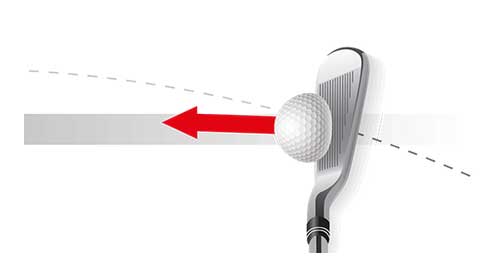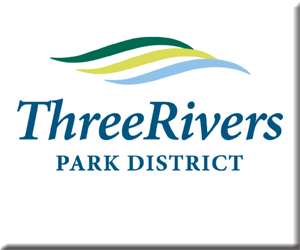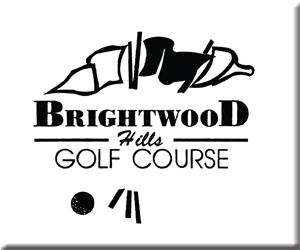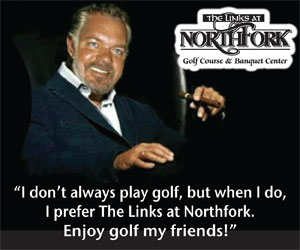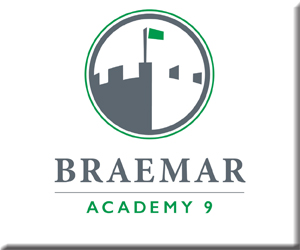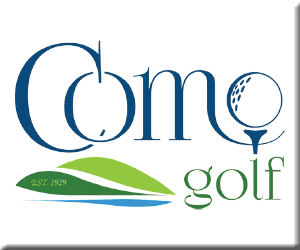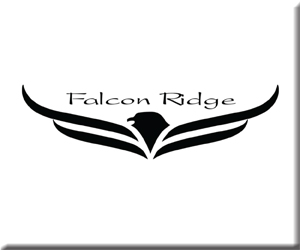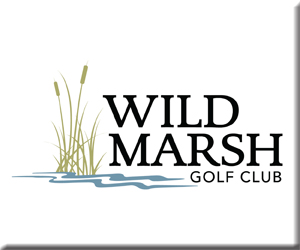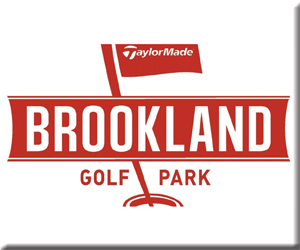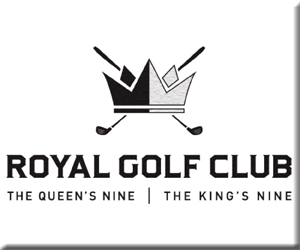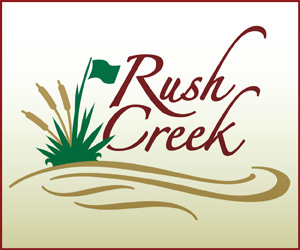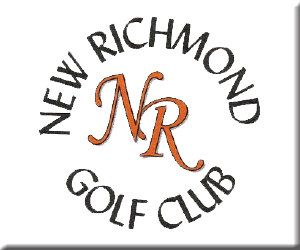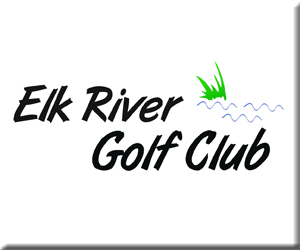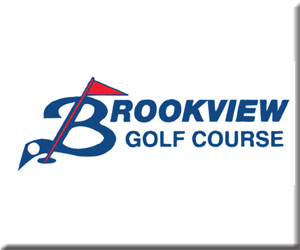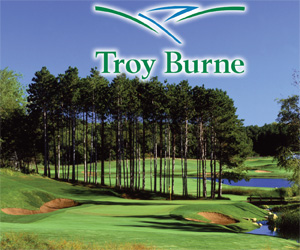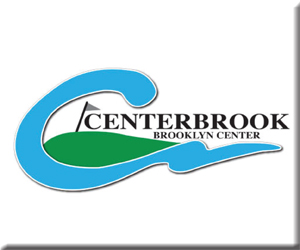It’s All About Impact – Club Face
By Chris Foley
In striking the golf ball, impact is where the clubface gives the golf ball all of its instructions on its flight. The ball’s direction, trajectory, and curve are all determined in the 1/2000 of a second that the golf ball spends on the clubface. The elements that go into creating impact are the club’s angle of attach, the path of the swing, where the clubface is pointed at impact, and where the golf ball strikes in relation to the center of the clubface.
Over the course of the summer, we will address each of these factors and what you can do in your golf swing to influence or change them. Any adjustment to the golf swing should be done with the elements of impact in mind.
A functional golf swing creates great impact alignments and there are many ways to do this. If you compare the swings of Rory McIlroy, Matthew Wolff, and Web Simpson, the swings all look different. However, they arrive at similar impact alignments. There are many was to get to impact. Your goal should be for your golf swing to be as efficient and repeatable as possible.
This month we are going to address the importance of the clubface at impact. On a center of the clubface strike, the clubface has the biggest influence on the direction that the golf ball starts. Depending on the club, the clubface has an 80%+ influence on the golf ball’s starting direction. We will address off center clubface hits in a future article but the information in this article will assume center face contact.
The following elements of the swing influence where the clubface is at impact.
The Set-Up – A functional grip is one which allows the player to bring the clubface back to impact and start the ball on the intended starting line. In the forward swing, centrifugal force pulls the golfer’s arms into their natural hanging position. If the player’s hands are not in this natural hanging position at address, the clubface will not return to square.
To aim the clubface, we utilize the leading edge. The leading edge should be perpendicular to the target line at address. If it is not perpendicular to the target line the golfer has to make compensations to bring the clubface back to square. The clubface should be aligned square to the players intended starting line.
The level of tension a player has in the wrist, forearms, and shoulders has a big impact on how the player is able to square the clubface in the forward swing. Too much grip pressure makes it difficult to bring the clubface back to square at impact. Ideally the golfer will have firm fingers on the handle with loose wrist and forearms.
The Backswing – In the backswing, ideally the clubface stays square to the arc of the swing. When the hands and the club are at waist high in the back swing, leading edge of the clubhead should match the golfer’s spine angle. At the top of the swing, the leading edge should match the plane angle of the swing. When the clubface is not square at these points the golfer has to make manipulations to return the clubface to impact.
The transition from the backswing to the forward swing is the biggest factor that separates the elite player from the average player. How a player transitions in moving from the trail side to the lead side has a big influence on where the clubface ends up at impact. The most common mistake is when the player doesn’t move to the lead side quick enough and the club bottoms out too far behind the ball. When the club bottoms out too soon, clubface control becomes difficult.
Clubface control and awareness are separators in becoming a better player. The more you have the better the ball striker you will be!
